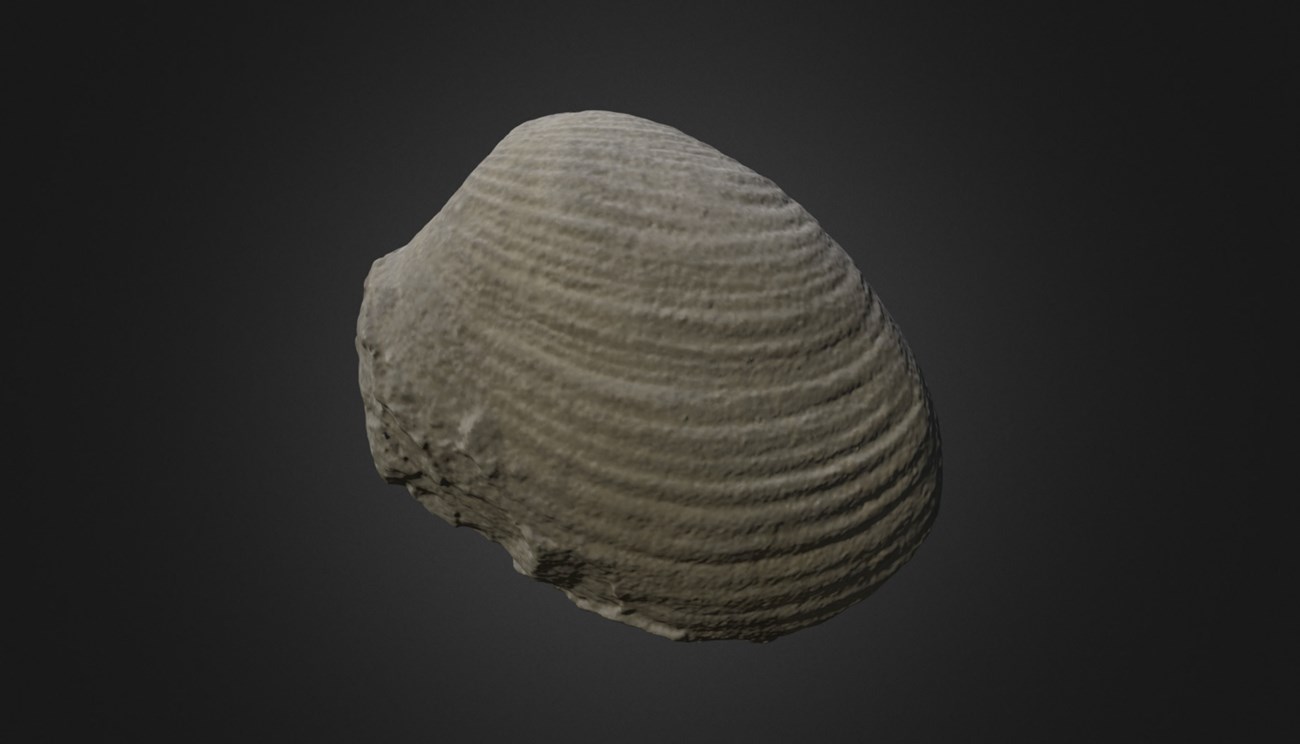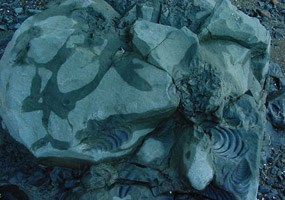
NPS Photo / Chad Hults Coastal cliffs between Cook Inlet and the eastern side of Lake Clark National Park hold fossil remnants of 150 million years of sea life. Please look at, touch, and enjoy these unique fossils! We ask you, however, to resist the temptation to take them home. Removing fossils from the park and preserve is illegal. Although Lake Clark seems remote, in fact many people visit the area. If visitors take fossils and other artifacts, eventually there will be no more left and our national heritage will be impoverished. “Alaska’s Jurassic Park” Lake Clark National Park & Preserve contains marine sedimentary rocks containing fossils that span from the Permian (~260 million years ago) to the Cretaceous (~70 m.y.a.). Marine sedimentary rocks can be found throughout the park, but the eastern Cook Inlet coast holds one of the most complete and best preserved Jurassic (145-201 m.y.a.) sedimentary rock sections in the world. These Jurassic rocks were formed offshore of the paleo-Alaskan coast as an island arc in the paleo-Pacific ocean, much like the modern Aleutian arc. The Lower Jurassic rocks of the coast are made up of volcanic and volcaniclastic sedimentary rocks of the Talkeetna Formation, which is the volcanic carapace of what is called the Talkeetna Arc. Rocks of the Talkeetna Arc span across southern Alaska from Wrangell-St. Elias NP&P, through the Talkeetna Mountains (its namesake) and Lake Clark NP&P, to Katmai NP&P. Data from related rocks suggest that during the Lower Jurassic, the rocks of the Alaska Peninsula were far south of their current position relative to the North American continent. Overlying the Lower Jurassic volcanic rocks are Middle and Upper Jurassic marine sedimentary rocks that contain abundant marine fossils. These rocks also span across southern Alaska, but extend further southwest along the Alaskan Peninsula to Aniakchak NM&P. The Middle Jurassic rocks contain a rich diversity of marine invertebrate fossils (ammonites, bivalves, and belemnites), which indicate that the rocks were formed in productive, warm waters. Whereas, the Late Jurassic rocks contain almost exclusively bivalves of the genus Buchia, which were cold water “Boreal” mussel like animals. This change in biodiversity from the Middle to Late Jurassic also occurred on the North American continent, so it is not clear how much the change in fossil diversity was caused by plate tectonics moving the Talkeetna Arc northward, or global climate change. However, a recent discovery of glacial deposits in Late Jurassic marine sedimentary rocks near Lake Clark NP&P suggests that these rocks could have been farther north than their present position relative to the North American continent. In addition to the invertebrate fossils, the Late Jurassic marine sedimentary rocks also contain Ichthyosaur and Pliosaur fossil bones, and rare dinosaur tracks. A Shifting LandscapeWest Cook Inlet Geology
NPS Photo / Jeff Shearer Fossils of Fossil Point Fossil Point, located on the Cook Inlet coast in Tuxedni Bay, is an important fossil locality, because it contains one of the most productive marine invertebrate fossil sites known in Alaska. The Middle Jurassic Tuxedni Group contains exceptionally rich and diverse megainvertebrate faunas: ammonites, bivalves, and belemnites. The most common fossils are large and abundant Retroceramus bivalves, but it also contains very large ammonites. The fossils of Tuxedni Bay were first described and illustrated by Eduard von Eichwald. A significant fossil collection was made by the Russian mining engineer Peter Doroschin during the mid-nineteenth century and sent to the Russian capital at St. Petersburg, where they were ultimately studied and described by Eichwald. A field study was conducted during August 2014 by the National Park Service to evaluate the paleontological and stratigraphic setting of the rocks exposed at Fossil Point. Fossils were collected for analysis and stratigraphic control was completed by measuring stratigraphic sections. Fossil Point is located in a remote and difficult to access location, so having a representative fossil collection housed at the NPS Alaska Region Curatorial Center makes the Fossil Point fossils more accessible to the public and park staff for research and education. Novel digital photogrammetry methods are being used to create interactive, three dimensional models of the fossils. Many of the images below link to a 3D model that lets you explore every facet of a given fossil. Retroceramus Four new inoceramid species (Inoceramus ambiguus, I. porrectus, I. eximius, and I. lucifer) were established by Eichwald (These fossils were later re-assigned to the genus Retroceramus). There has been subsequent debate by paleontologists as whether all four species are valid, or merely represent ecological variants belonging to one or two species. It is clear in the recent collection that there are four distinct species as recognized by Eichwald: 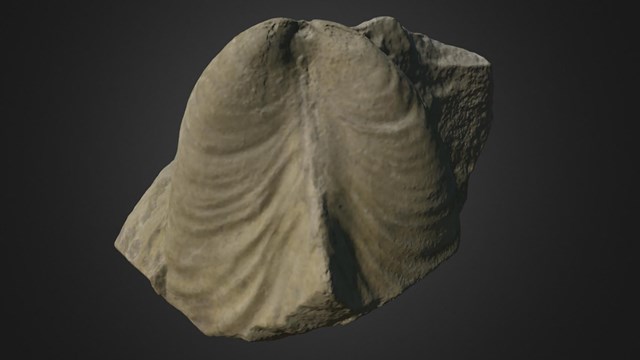
Retroceramus porrectus
View a 3D model of this fossil 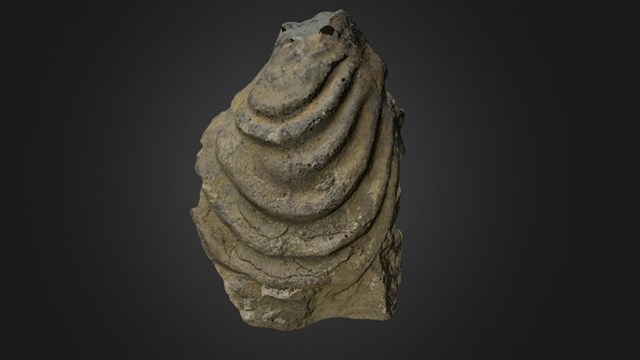
Retroceramus eximius
View a 3D model of this fossil 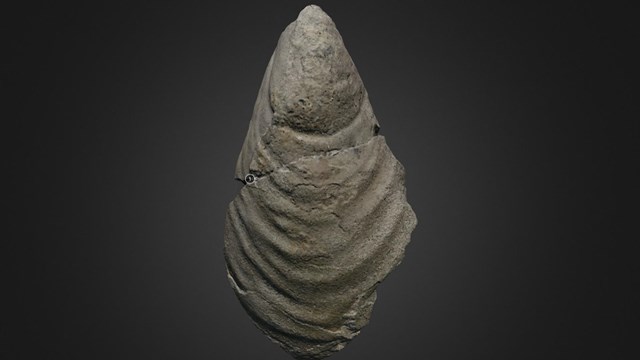
Retroceramus lucifer
View a 3D model of this fossil 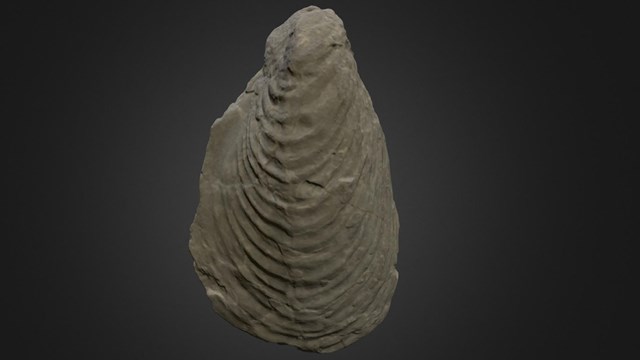
Retroceramus ambiguus
View a 3D model of this fossil Ammonites The ammonites of the Tuxedni Group were thoroughly studied by the USGS Paleontologist Ralph Imlay. There is a great diversity of ammonite fossils preserved at the site. Ammonites evolve relatively fast, rapidly changing their shell shapes and decorations, so they are useful for age dating. 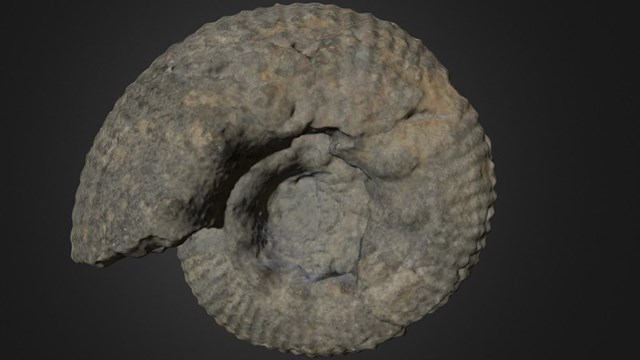
Zemistephanus charlottensis
View a 3D model of this fossil 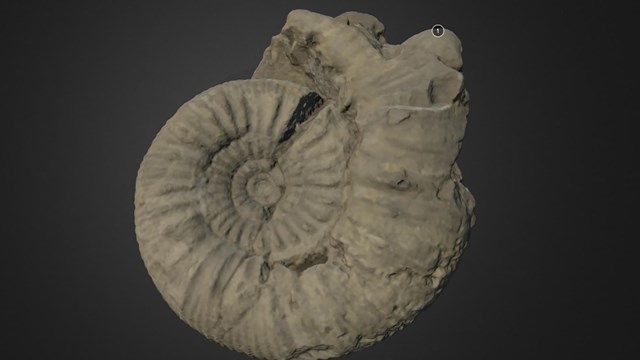
Emileia constricta
View a 3D model of this fossil Pleuromya Other very common, but little studied fossils include the abundant Pleuromya bivalves, of which there are four distinct species. Pleuromya sp. 1 Lyonsia alduini Fischer of Eichwald, 1871 – the most common species. Pholadomya The collection contains only one transverse elongate bivalve of the genus Pholadomya: Pholadomya sp. 3 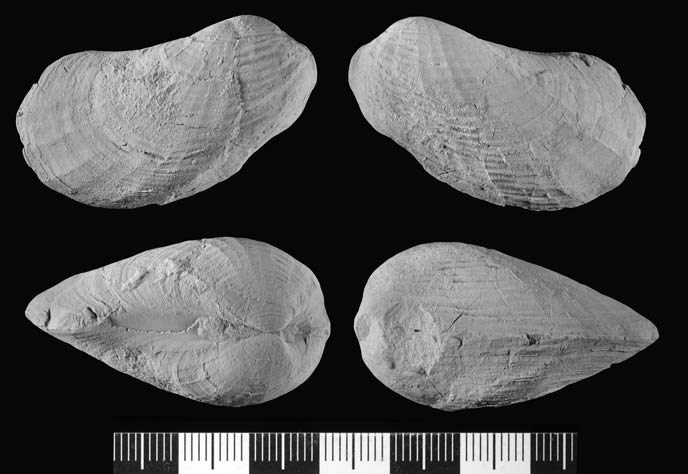
NPS Photo / Robert Blodgett Pinna Numerous bivalve fossils of the genus Pinna, a muscle-like animal, are present throughout the section. Pinna aleutica 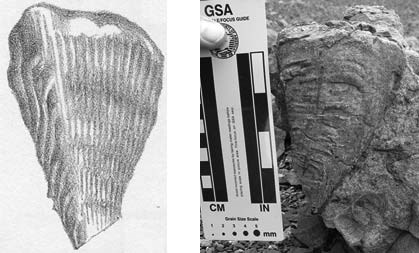
Belemnitida Properly classifying the few belemnites collected may hold important clues to the biogeography and migration patterns of this common fossil. Work is being done to identify the collected specimens to the species level Probable Pachyteuthis guard (left) and possible Megateuthis phragmocone (right) 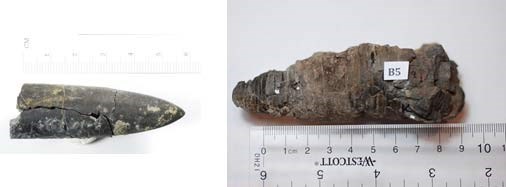
Courtesy Dave Schraer Laws Protecting NPS Paleontological Resources You are welcome to look at, touch, and enjoy these unique fossils, but resist the temptation to take them home. Paleontological resources may not be collected from Federal or state land without a permit. Although the Lake Clark area seems remote, in fact many people visit the area. If visitors take fossils and other artifacts, eventually there will be no more left and our national heritage will be impoverished. The uplands of the Cook Inlet coast are managed by the NPS, and the tidelands are state lands. Neither the Federal nor the Alaska state governments allow collection of fossils from their lands without a permit. The following laws protect the fossils of the area: Paleontological Resources Preservation Act of 2009 “Paleontological resources may not be collected from Federal land without a permit…” Under the law, the NPS is directed to “…manage and protect paleontological resources on Federal land using scientific principles and expertise. The Secretary shall develop appropriate plans for inventory, monitoring, and the scientific and educational use of paleontological resources, in accordance with applicable agency laws, regulations, and policies. [and]…Establish a program to increase public awareness about the significance of paleontological resources.” Alaska Historic Preservation Act The submerged coastline is state land, and Alaska Statute 41.35 does not allow collecting of fossils. A person may not appropriate, excavate, remove, injure, or destroy, without a permit from the Commissioner, any historic, prehistoric, or archeological resources of the state. The commissioner may issue a permit for the investigation, excavation, gathering, or removal from the natural state, of any historic, prehistoric, or archeological resources of the state. Definitions: “Historic, prehistoric, and archeological resources" includes deposits, structures, ruins, sites, buildings, graves, artifacts, fossils, or other objects of antiquity which provide information pertaining to the historical or prehistorical culture of people in the state as well as to the natural history of the state. |
Last updated: December 16, 2020

